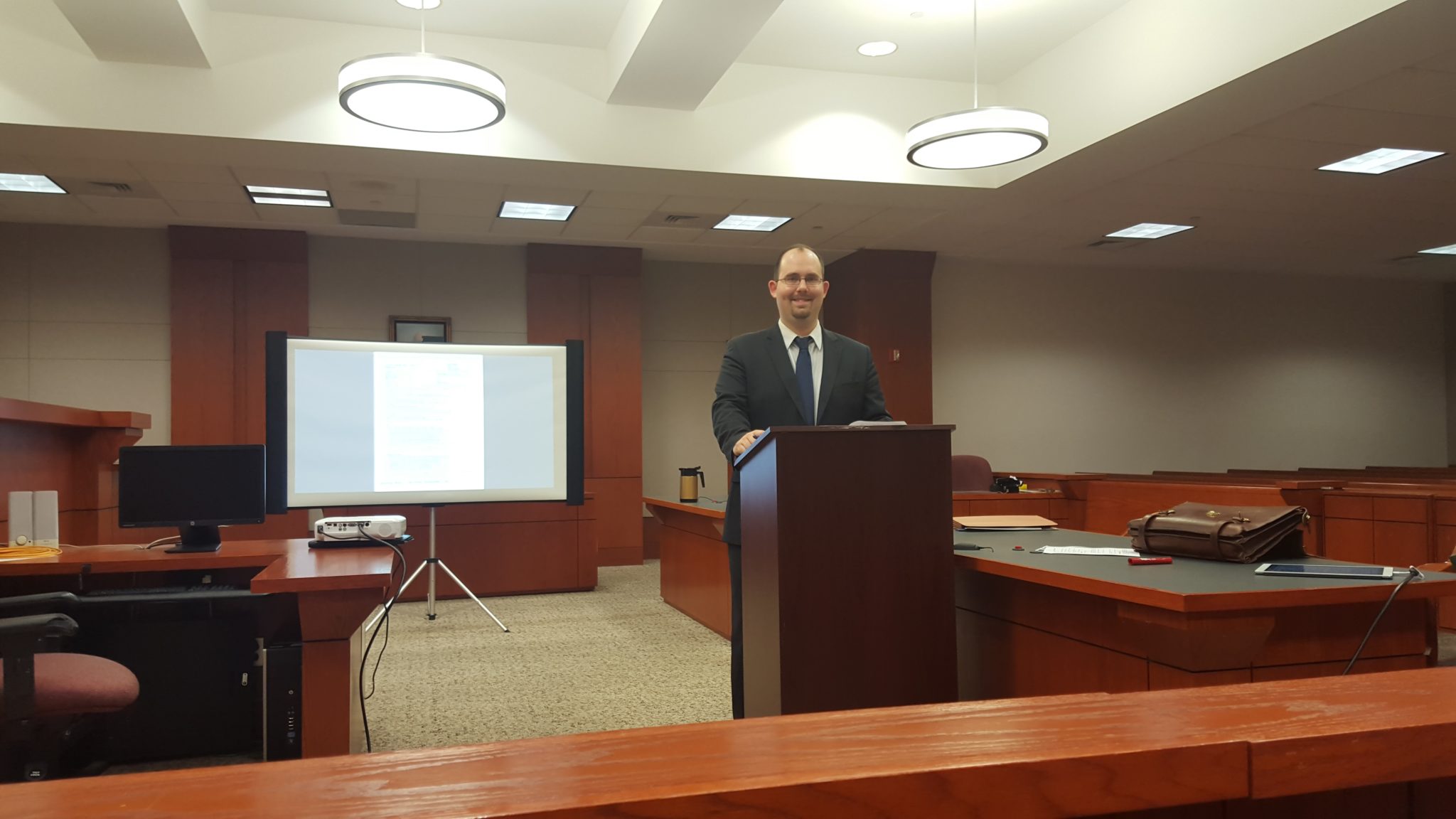Browsing the Intricacies of Test Presentations: Tips for Seamless Delivery and Compelling Debates
In the realm of lawful procedures, the art of trial discussion stands as a critical component of success. As lawyers navigate the detailed web of court dynamics, the capacity to flawlessly deliver disagreements and evidence while astounding the court's interest ends up being critical. The intricacies integral in trial discussions require a delicate balance of approach, ability, and skill. By honing methods that make sure a sleek shipment and crafting compelling arguments that reverberate with the audience, lawful experts can substantially enhance their campaigning for. In a world where persuasion rules supreme, grasping the ins and outs of test presentations is not just a choice yet a necessity for those seeking to prevail in the courtroom.

Comprehending Trial Purposes
To properly navigate a test, it is important to have a clear understanding of the objectives that need to be attained. Prior to stepping right into the courtroom, lawful teams should define their goals and wanted outcomes. These objectives serve as leading principles throughout the test, forming approaches and affecting decision-making procedures.
Comprehending trial objectives involves a thorough evaluation of the instance, legal criteria, and the customer's benefits. Trial Presentations. It needs a thorough exam of the truths, identifying crucial issues, and expecting prospective difficulties. By establishing details and measurable objectives, attorneys can tailor their presentations and arguments to straighten with the preferred outcomes
Moreover, a clear understanding of trial objectives makes it possible for legal teams to focus on proof, witnesses, and lawful disagreements properly. It enables for the advancement of a meaningful story that resonates with the discretionary, strengthening the overall situation discussion.

Organizing Proof Successfully
Having a clear understanding of trial objectives lays the structure for arranging evidence effectively in legal proceedings - Trial Presentations. By aligning the presentation of proof with the desired end results of the test, legal teams can enhance their arguments and boost their persuasiveness. One critical facet of arranging proof is classification. Grouping evidence based on styles or significance to particular legal aspects can aid simplify the discussion and make intricate information a lot more digestible for the judge or jury.
One more trick component in arranging evidence efficiently is developing a sensible circulation. Presenting proof in a sequential and systematic fashion can assist build an engaging narrative that sustains the lawful arguments being made. Furthermore, utilizing aesthetic aids such as timelines, graphes, or graphs can better boost the organization of proof and assist in clarifying complex connections or sequences of events.
In addition, ensuring that all evidence presented is acceptable and relevant to try here the situation is essential. Inadmissible or irrelevant proof can diminish the strength of the disagreement and possibly damage the credibility of today celebration. A thorough testimonial and option process must be taken on to include just the most lawfully sound and impactful evidence in the trial discussion.
Crafting Influential Stories
Crafting engaging stories plays an essential function in providing influential arguments during legal proceedings. When building a narrative for a test presentation, it is important to develop a clear story that highlights essential factors and attaches them in a meaningful fashion. By weaving together proof, statement, and lawful arguments into a convincing and cohesive narrative, legal professionals can efficiently support for their clients and increase the probability of a beneficial end result in the court room.
Mastering Visual Aids
Efficient use aesthetic aids is essential to enhancing the effect and quality of trial presentations. Aesthetic help, when made use of purposefully, have the power to simplify complicated info, strengthen bottom lines, and leave a lasting impression on the discretionary. To understand aesthetic aids in test discussions, it is vital to make sure that they are clear, concise, and relevant to the disagreements being made.
When incorporating aesthetic aids, such as graphes, photos, charts, or timelines, into a test Homepage presentation, it is vital to maintain them aesthetically appealing yet professional. The visuals ought to complement the verbal disagreements, offering a graph of the information being talked about without overwhelming the audience with unnecessary information.
Moreover, exercising with the visual help in advance is critical to make sure a seamless shipment during the trial. Acquainting oneself with the web content, changes, and timings of each aesthetic help can aid preserve the flow of the discussion and protect against technical glitches that may develop.
Providing Impactful Closing Disagreements
An engaging closing argument serves as the end result of a test discussion, encapsulating the core story and persuading the judge and court towards a favorable decision. Begin by outlining the major disagreements that support your client's setting, highlighting why the evidence provided throughout the trial supports your story.
Moreover, including psychological appeal can even more reinforce your closing debate. Inevitably, a well-crafted closing argument need to leave an enduring impact, engaging the judge and court to rule in your client's favor.
Verdict
Finally, mastering trial discussions includes understanding purposes, organizing proof, crafting narratives, utilizing visual help, and providing impactful closing disagreements. By implementing these strategies properly, attorneys can Learn More offer their situation perfectly and make engaging arguments in the court room. It is critical to navigate the intricacies of test discussions with precision and skill to achieve success in lawful procedures.
By aligning the discussion of evidence with the wanted end results of the trial, legal teams can enhance their disagreements and improve their persuasiveness (Trial Presentations). To understand visual aids in trial presentations, it is essential to make certain that they are clear, concise, and appropriate to the arguments being made
A compelling closing debate serves as the culmination of a test presentation, enveloping the core narrative and encouraging the judge and court towards a positive decision. Begin by laying out the major arguments that sustain your customer's setting, emphasizing why the evidence offered throughout the trial sustains your story.In final thought, understanding trial presentations includes comprehending goals, arranging proof, crafting narratives, utilizing visual aids, and delivering impactful closing debates.